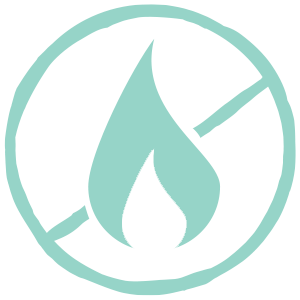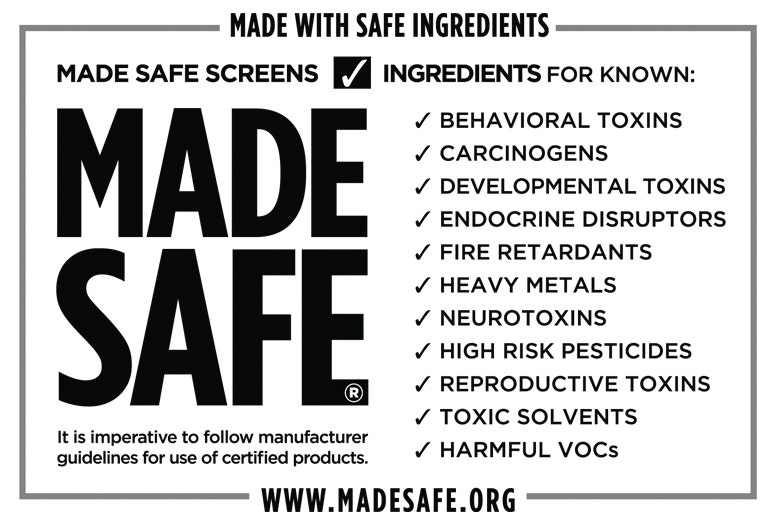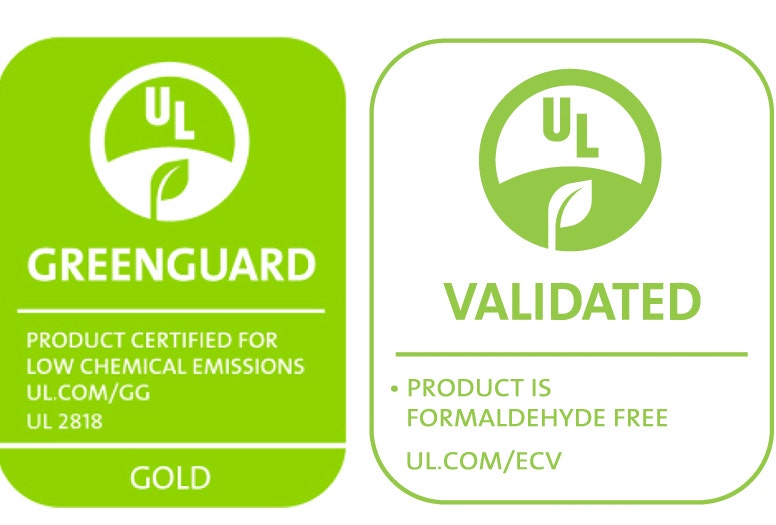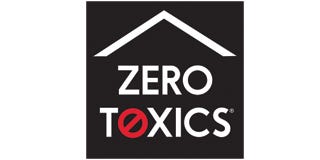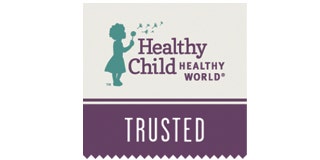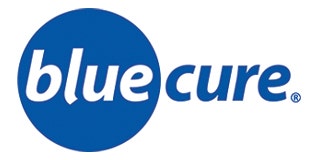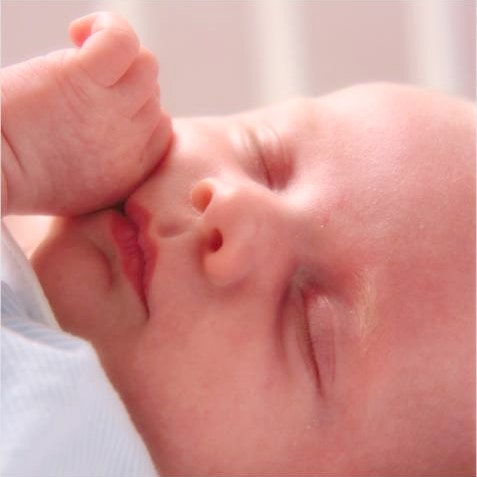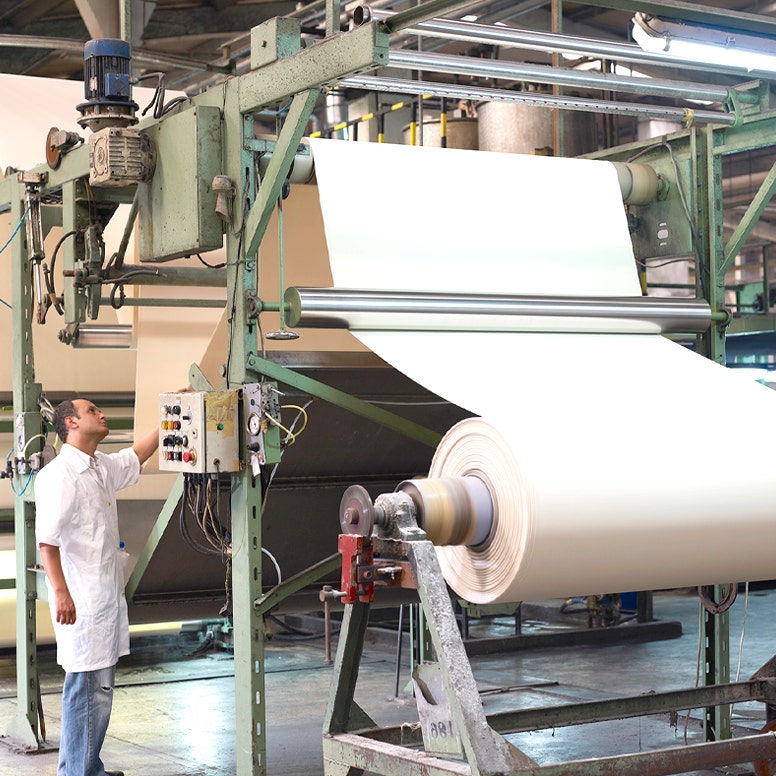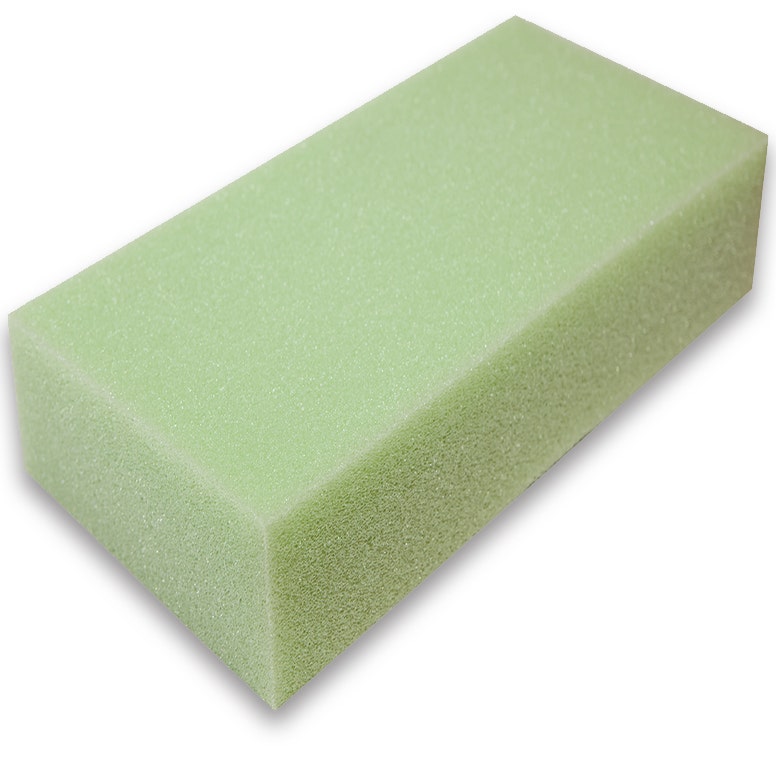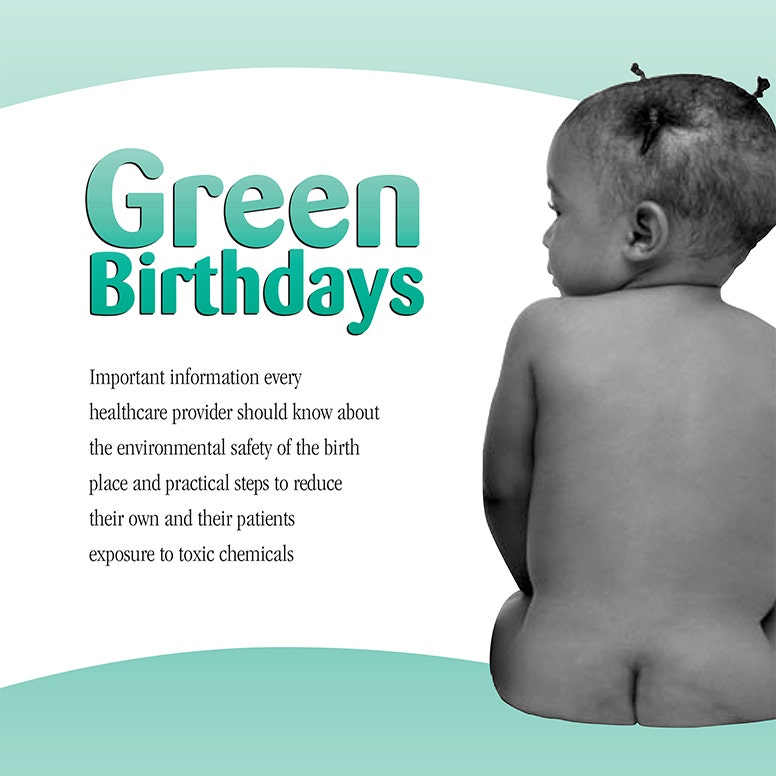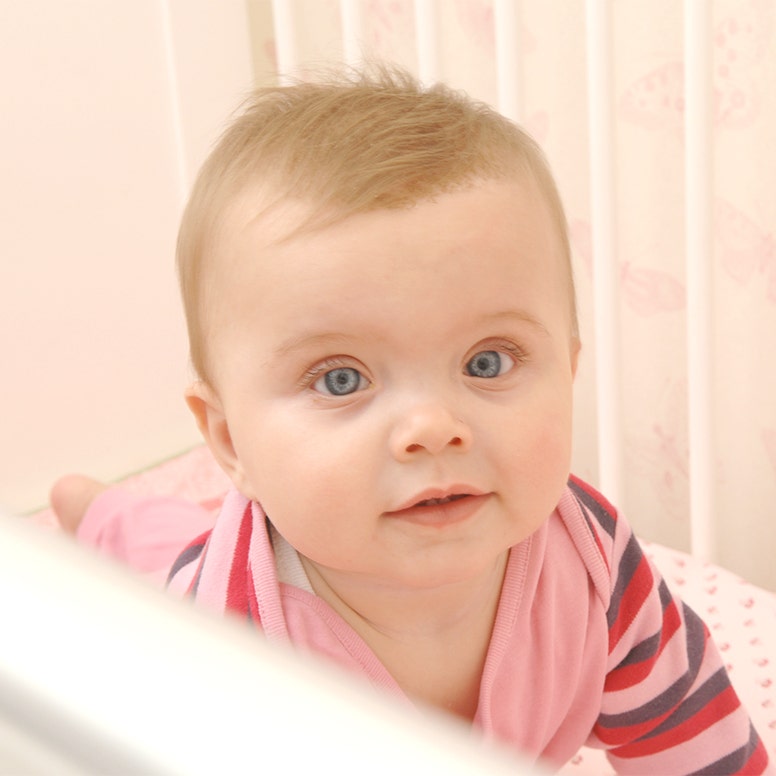-
 BABY
BABY
-
 KIDS
KIDS
-
 ADULT
ADULT
-
 LEARN
LEARN
-
 STORES
FIND A STORE
STORES
FIND A STOREFEATURED GALLERIES
New York City Los Angeles Brooklyn Irvine Washington D.C. San Diego Boston Downtown San Francisco Boston Metro Silicon Valley Atlanta Marin - San Rafel Chicago Peninsula Minneapolis Denver Dallas Portland Dallas-Frisco Scottsdale Dallas-Southlake Seattle-Bellevue Cleveland Toronto-Leaside Charlotte Toronto-Oakville Greenwich Vancouver West Palm Beach
Search
organic
Minimize chemical exposure
Childhood disorders have been rising dramatically. These disorders include autism, ADD/ADHD, asthma, allergies, cancer and more. They were extremely rare only thirty to forty years ago. While the sources for this dramatic increase in childhood disorders is not fully known, there is mounting evidence and good reason to suspect environmental factors, particularly toxic chemicals, as playing a significant role.
Children are far more vulnerable to toxic chemicals than adults, especially within their first few years of life. Naturepedic recognizes this increased sensitivity and is on a mission to curb this epidemic by avoiding questionable chemicals in the first place. Naturepedic references third-party standards like GOTS, MADE SAFE, and GREENGUARD when determining what materials/quantities are appropriate for use and are considered "non-harmful."
“Today, children are exposed to thousands of substances in the environment, most of which have never been tested for toxicity to children... The implications of this massive experiment in exposure are unknown. Environmental toxicants are suspected to be correlated with many disorders that, until recently, have been assumed to be genetic in origin... attention deficit / hyperactivity disorder, and autism are among the disorders that may be linked to environmental toxicants.”
Center for Children’s Health and the Environment at the Mount Sinai School of Medicine, New York.
“... EPA has determined that infants up to age two are, on average, ten times more vulnerable to carcinogenic chemicals than adults, and for some cancer causing agents are up to 65 times more vulnerable... children accumulate up to 50 percent of their lifetime cancer risk by their second birthday... many chemicals linked to mutagenic activity are commonly used in consumer products and can contribute to children’s exposure to carcinogens.”
Environmental Working Group, Children’s Health Policy Review, EPA Cancer Policy Revisions Highlight Risks to Children
GET THE FACTS
There are some pretty nasty chemicals out there. The more educated you are, the more you can protect yourself and your family. Here are two specific areas of chemical concern worth highlighting regarding baby crib mattresses.
While some newer specialty crib mattresses don't use polyurethane foam, they generally still contain other questionable chemicals such as flame retardants or flame barriers. When in doubt, it's always best to ask. No matter how "safe" they tell you the flame retardants are, it's always chemically safer to not need them in the first place!
how are all these chemicals allowed?
protecting our children
Many doctors and scientists have become concerned with the toxicity issues of various products, including crib mattresses, particularly regarding the possible effects of these chemicals on our children given their increased vulnerability. The National Academy of Sciences describes four factors that may contribute to children's unique vulnerability to the harmful effects of chemicals.
1) Children’s exposures are greater pound-for-pound than those of adults
2) Children are less able than adults to detoxify and excrete chemicals
3) Children’s developing organ systems are more vulnerable to damage from chemical exposure
4) Children have more years of future life in which to develop disease triggered by early exposure
It is becoming increasingly clear that toxic chemicals are affecting our children. A primary source of toxic chemicals in the environment of a child during its first few years of life is the mattress and sleeping environment. Removing potentially harmful chemicals from these prominent objects represents a prudent and wise approach for concerned parents.






